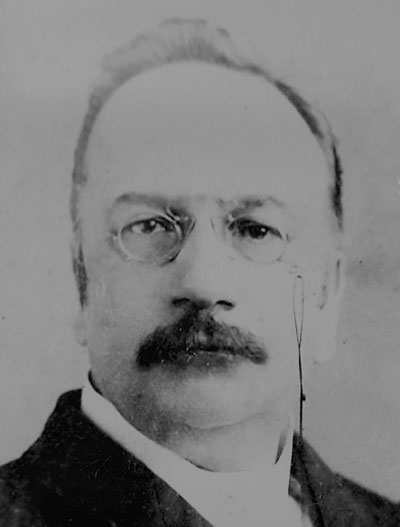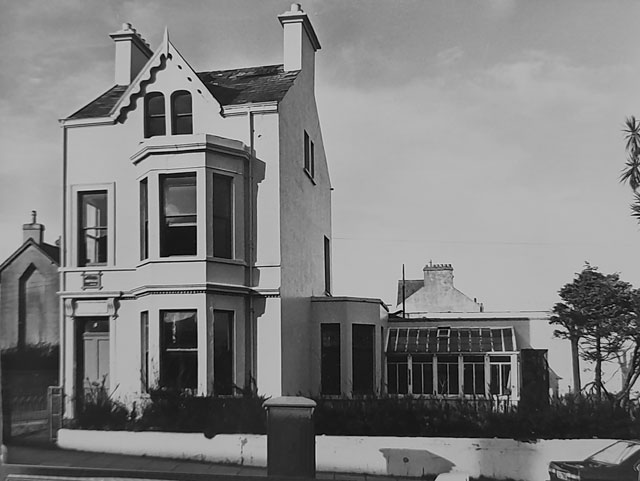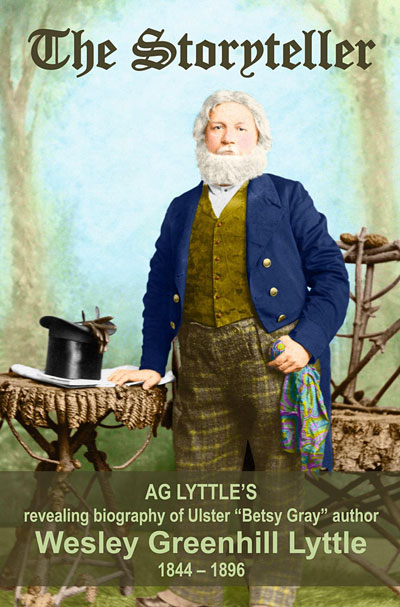
In the grounds of Bangor Abbey you will find a memorial plinth erected by friends of Wesley Greenhill Lyttle (right), author of Betsy Gray. An inscription reads:
"…a man of rare natural gifts, he raised himself to a high position among the journalists of Ireland. He was a brilliant and graceful writer, a true humourist and an accomplished poet. Robin was a kind friend, a genial companion and a true son of County Down.” And on the other side, from his family: "Oh for the touch of a vanished hand, and the sound of a voice that's still”
His great grandson,Tony Lyttle, has written a biography, The Storyteller, launched this week, detailing the life and times of this multi-talented man.
An accountant, teacher of shorthand, lecturer, an elocutionist and, in later years, a newspaper editor, family man with six children, he was above all an entertainer, often in the guise of his alter-ego "Robin", a jovial country farmer who regaled his audiences in Ulster-Scots. His books of humorous short stories written in the Ulster-Scots language sold around the world.
Born in Newtownards, 15th April 1844, he died at Bangor 1st November 1896 aged 52. In 1880 he first established the North Down Herald in Newtownards later moving it to Bangor in 1883, where it became The North Down Herald & Bangor Gazette, the first newspaper in the town. Still an entertainer at heart, he staged the first Burns’ Night entertainment in Bangor in 1895 with limelight views of Scotland and novelty views of Bangor [Belfast News-Letter, 26th January, 1895]. Mount Herald, the family residence was at the junction of Clifton Road and Ballyholme Road, unfortunately demolished in 1982 to make way for a carpark at the top of High Street.
 Mount Herald
Mount Herald
Nowadays Lyttle is mostly remembered for his melodramatic novel Betsy Gray which appeared in serial form, one chapter a week, popular in newspapers of the day. The Herald started running Betsy Gray on Saturday 7th November 1885 until its conclusion in August 1886. It was followed by others of his work, always including a number of cliff hangers to ensure the sale of the next issue, reminiscent of the children’s western serials in cinemas when we were young. The novel Betsy Gray, which included genuine fragments of history from the Six Road Ends and Greyabbey areas, appeared in paperback in 1888, with an illustrated edition being published in 1913.
Local historian, Horace Reid, describes The Storyteller as “A robust, rounded, authentic narrative biography; a beautiful portrait of Victorian Ulster; the life––and times––of WG Lyttle.” I wonder if it would fit into a Christmas stocking?

